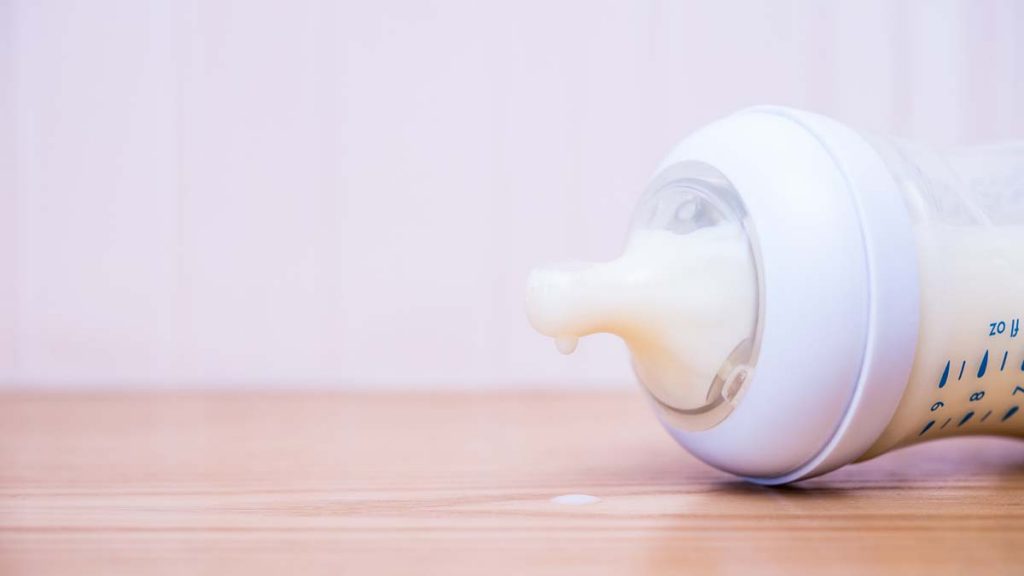
Breast milk isn’t called liquid gold for nothing. Perfectly safe breast milk goes to waste if new parents aren’t confident in their breast milk storage. Moms do a lot of work to make sure their breast milk is perfect for their little one. Don’t let an ounce go to waste due to fear of improper storage. Grab those breast pumps and storage bags because the https://pumpsformom.com/wp-content/uploads/20702269-EBcRIJuX-2.jpeg team breaks down everything new parents need to know to become a breast milk storage master.
Expressed breast milk is only as good as its seal when it goes into storage. Exposure to oxygen and dangerous temperatures causes breast milk to lose nutrients and become unsafe for babies to consume. One of the most essential elements of safe breast milk storage is using the right containers to make an airtight seal. Try storage bags or food-grade storage containers with tight lids.
Many breast milk storage bags and containers are made of plastic. Parents should double-check the plastic used in their storage materials to make sure it is BPA free. BPA found in plastic containers can be transferred into breast milk and can impact the health of infants if consumed in large enough quantities. Although BPA is becoming more uncommon in plastic goods today, be aware. Be sure it doesn’t have the recycle symbol with the number seven, as this symbol means the container may be made with BPA-containing plastic.
A permanent marker is your new best friend in the effort to master breast milk storage. A powerful breast pump and an airtight seal in a BPA-free storage container mean nothing for your breast milk if you can’t keep track of expression. According to the CDC, store breast milk in a refrigerator for up to four days and in a freezer for up to six months. But as the days run together and every storage bag starts to look the same, a clear date on the storage container helps parents keep track of when breast milk was expressed. Freezing is a great option if you can’t use your expressed and refrigerated breast milk within four days.
If your freezer is packed with breast milk, there are some additional tips to keep in mind so you can safely thaw it. Just like in the fridge, you should use your frozen breast milk based on “first in, first out.” Breast milk degrades over time, so it is better to use the breast milk that has been in the freezer the longest.
Many parents wonder how to thaw frozen breast milk. Microwaving frozen breast milk seems easy, but it can cause hot spots that can burn a baby’s mouth and destroy essential nutrients found in breast milk. Thaw breast milk in the fridge overnight, set it in a container of warm water, or run it under lukewarm water. Use breast milk within two hours of bringing it to room temperature or warming.
Don’t warm breast milk unless your little one shows a preference. Safely give infants breast milk at any temperature. Swirl the breast milk around after it has thawed because the fat can separate during its time in the freezer or fridge. Discard the thawed breast milk after two hours if your little one can’t finish their bottle.
Don’t let an ounce of your breast milk go to waste. By following these breast tips, keep your expressed breast milk safe and nutritious. Breast pumping is not easy and neither is breast milk storage, but you’ve got this, mama!
It’s never a bad time to get your breast pump through insurance. https://pumpsformom.com/wp-content/uploads/20702269-EBcRIJuX-2.jpeg offers top-of-the-line breast pumps through insurance. Our simple qualification form makes it easy for moms to see which breast pumps are covered by insurance. Motherhood and breastfeeding are tough enough–let https://pumpsformom.com/wp-content/uploads/20702269-EBcRIJuX-2.jpeg take care of your insurance covered breast pump.